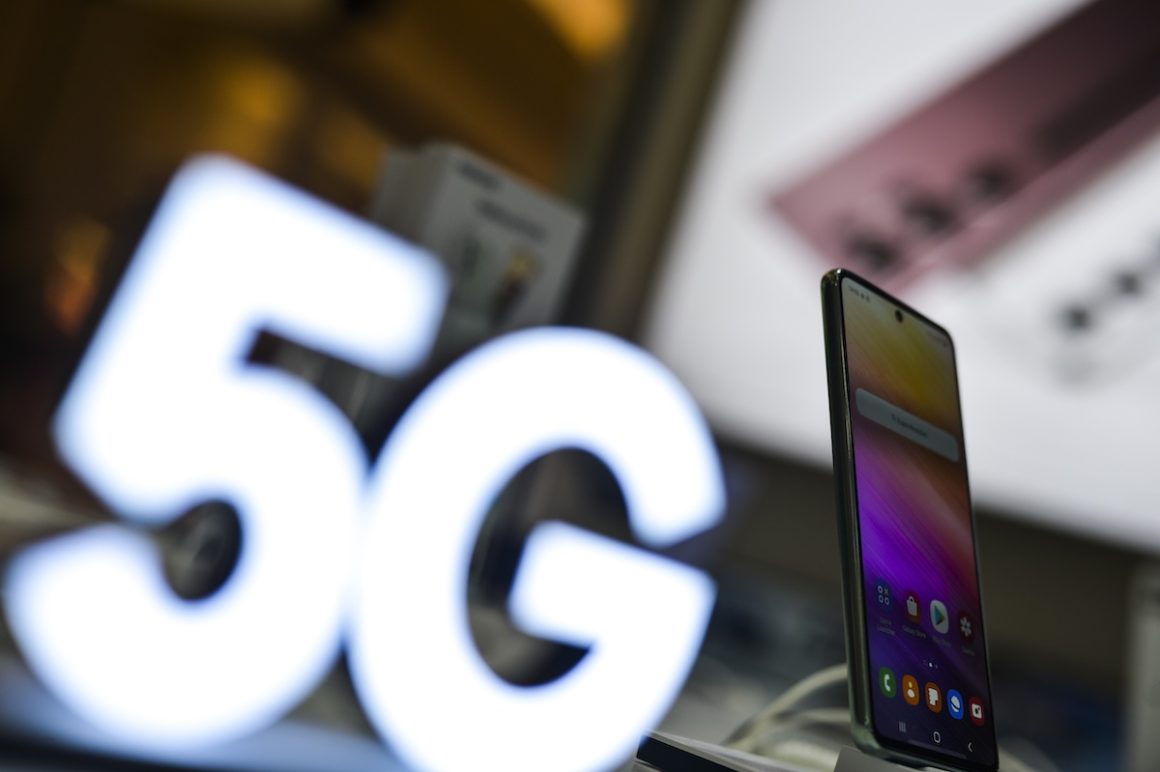The world will have 6.3 billion 5G subscriptions by 2030, with 60% of them coming from standalone deployments. At least, this is what the latest Ericsson Mobile Report forecast.
According to the annual edition, 5G will account for 80% of mobile data traffic. The report also reinforced that the first 6G deployments should happen in 2030.
Regional analysis shows that North America recorded the highest 5G subscription rate, followed by Northeast Asia. China has begun commercial deployment of 5G Advanced, and Japanese telecommunications companies are focusing on improving 5G performance and establishing a foundation for introducing 5G SA and coverage.
In Korea, the introduction of 5G standalone is delayed, except for some telecommunications companies, the report says.
Video Increasing Traffic
Mobile network data traffic continues to increase. In particular, the share of 5G in mobile data traffic is expected to grow to 80% by 2030. Up to now, the increase in mobile data traffic has been mainly due to the increase in video content viewing and smartphone subscribers.
“In the latter half of the forecast period, XR-type services, including AR, VR, and mixed reality (MR), will be introduced, and if the introduction accelerates, it is possible that the current traffic forecast will be exceeded,” Ericsson explained in a press release.
Generative AI is also closely tied to mobile traffic. It is currently embedded in a variety of devices, including smartphones, laptops, and Fixed Wireless Access, and the report predicts that new applications and hyper-personalized content will drive the growth of mobile traffic.
While most AI use cases to date have been on-device or based on enhanced Mobile Broadband (eMBB) services, it predicts that by 2025, network slicing leveraging Quality On Demand (QoD) network APIs will also be possible.
Mid-Band Expanding
In addition, 5G mid-band coverage is expanding worldwide, the company reports. By the end of 2024, coverage in Europe is expected to reach 45%, up from last year. India, which has completed large-scale mid-band construction, has achieved population coverage of about 95%. North American carriers are also deploying 5G in all band frequencies, with both total network coverage and mid-band coverage expected to reach 90%.
Featured image by Marcello Casal Jr/Agência Brasil



